Life science
Biology is taught to every high school student in the United States.
Only 1–2% of the US population is involved in farming. Most students have no direct experience with farming or modern food production techniques. Current biology standards focus on the study of photosynthesis and respiration at the cellular level; studying plants used for crops allows students to apply that knowledge to the real world. These activities will engage students in hands-on labs to help them to better understand where their food comes from.

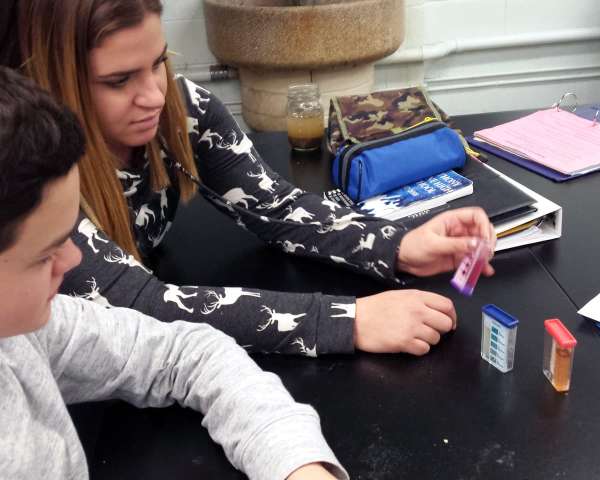
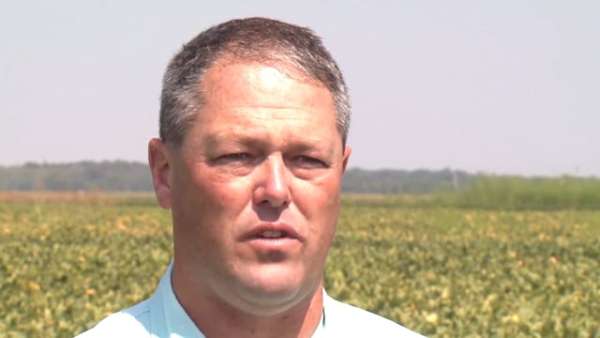
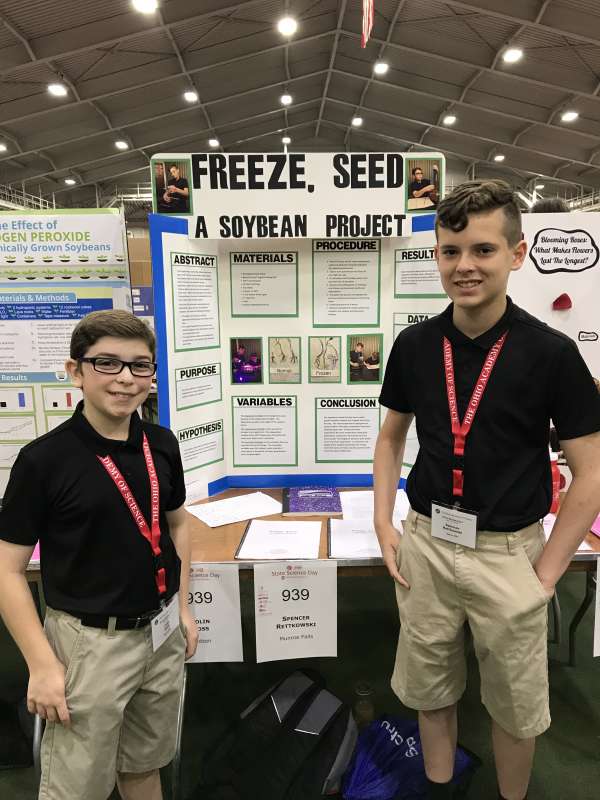
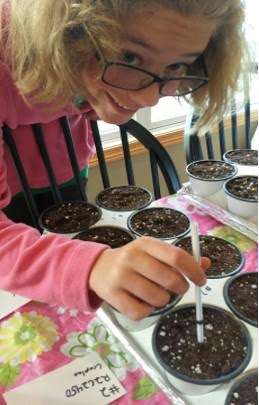
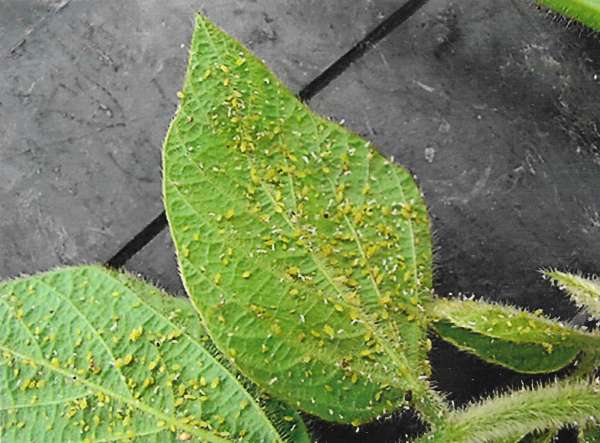
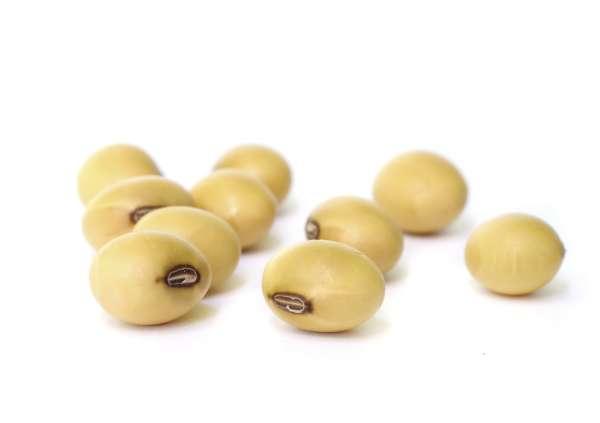
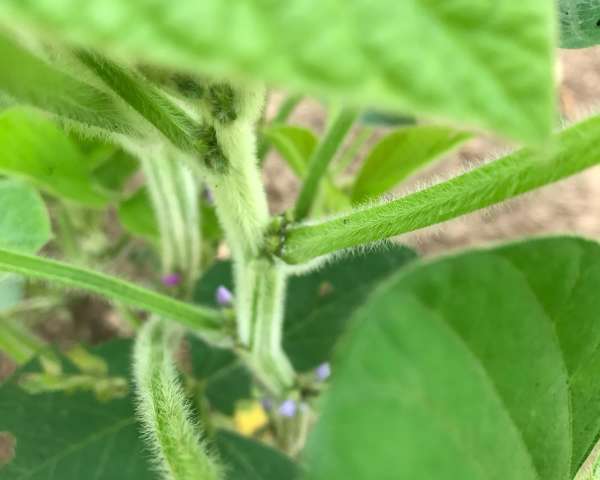
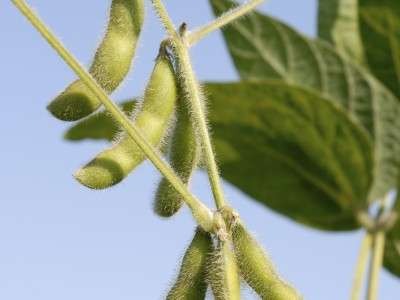
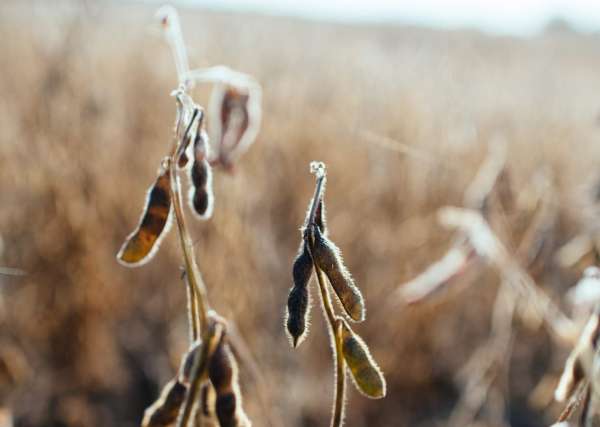
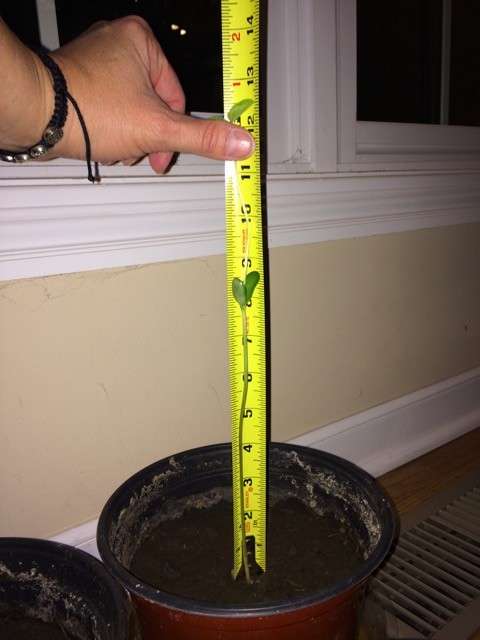
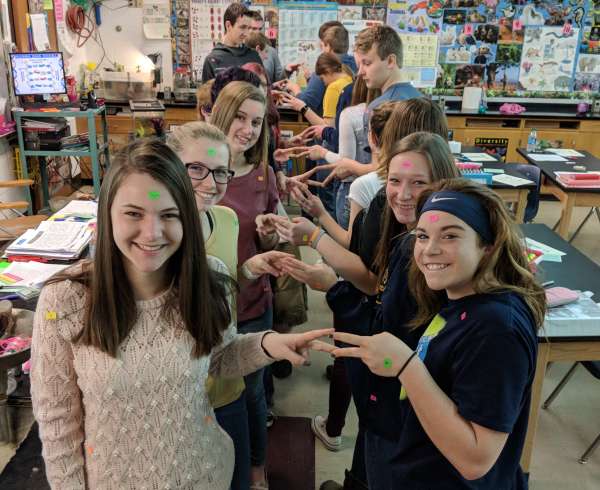
Share this